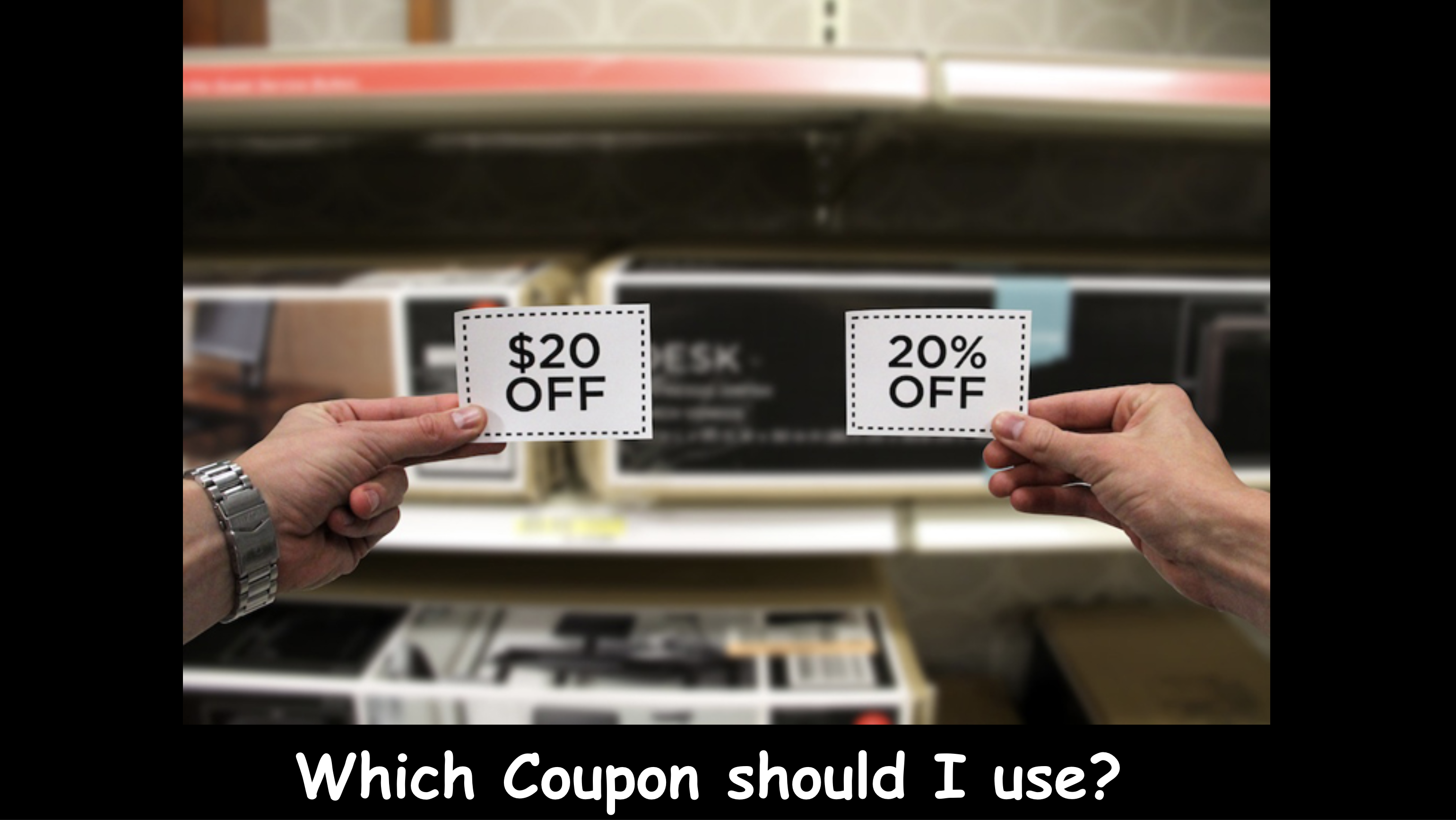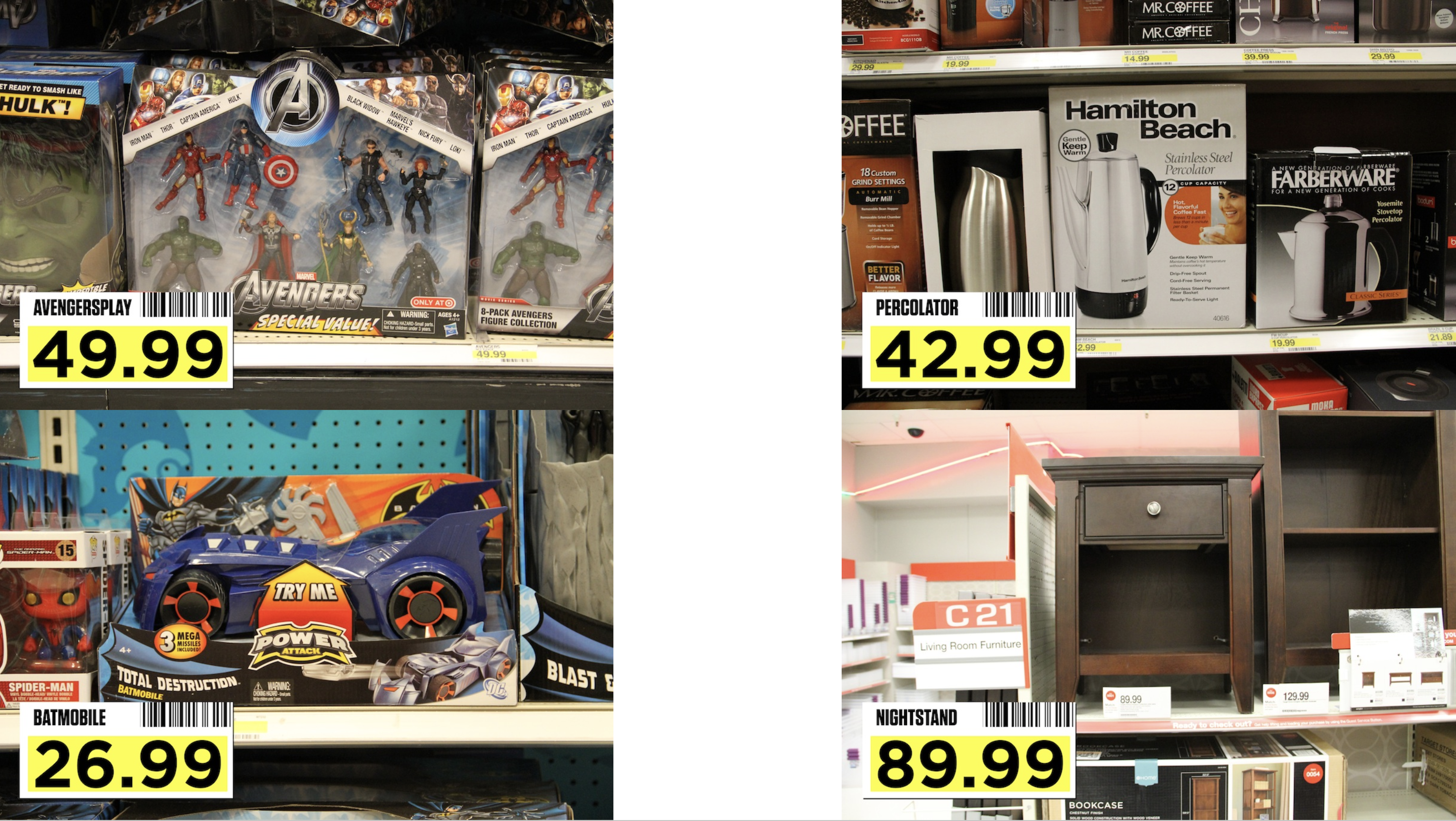Week 18 – Percent Proportions & Part-Whole Relationship
5-1. WHAT ARE YOU EATING?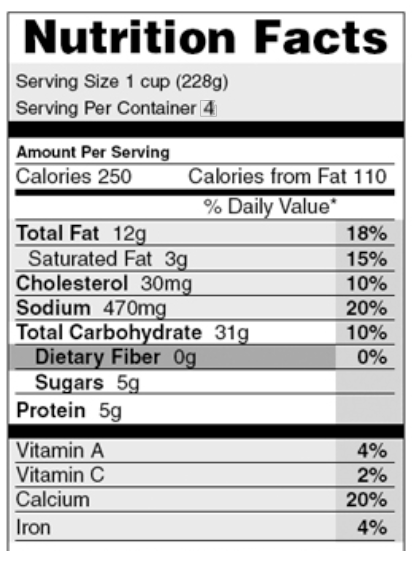 According to the sample label above, one serving of Cheesy Mac macaroni and cheese contains 15% of the recommended daily amount of saturated fat that a person should eat. Nutritionists recommend that a person should have no more than a certain amount of saturated fat each day. One serving of Cheesy Mac has 3 grams (3g) of saturated fat. How many grams of saturated fat should a person eat in one day?
Your Task: With your team, determine how many grams of saturated fat a person should eat each day. Look for more than one way to solve the problem and be ready to explain your reasoning.
5-2. To help you represent the situation in problem 5-1, Use the number line below:
According to the sample label above, one serving of Cheesy Mac macaroni and cheese contains 15% of the recommended daily amount of saturated fat that a person should eat. Nutritionists recommend that a person should have no more than a certain amount of saturated fat each day. One serving of Cheesy Mac has 3 grams (3g) of saturated fat. How many grams of saturated fat should a person eat in one day?
Your Task: With your team, determine how many grams of saturated fat a person should eat each day. Look for more than one way to solve the problem and be ready to explain your reasoning.
5-2. To help you represent the situation in problem 5-1, Use the number line below:
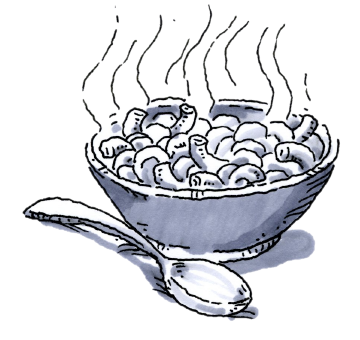 a. With your team, decide how to partition the line (divide it into equal parts) so that 15% is shown.
b. The amount of saturated fat in one serving of Cheesy Mac is 3 grams. Where should 3g be labeled on the number line? Add this number to your diagram and justify your decision.
c. Use your diagram to help you decide how much saturated fat is in the recommended daily serving. Record your thinking.
Handout: Cheesy Mac - Handout
Cheesy Mac - WB
a. With your team, decide how to partition the line (divide it into equal parts) so that 15% is shown.
b. The amount of saturated fat in one serving of Cheesy Mac is 3 grams. Where should 3g be labeled on the number line? Add this number to your diagram and justify your decision.
c. Use your diagram to help you decide how much saturated fat is in the recommended daily serving. Record your thinking.
Handout: Cheesy Mac - Handout
Cheesy Mac - WB
 According to the sample label above, one serving of Cheesy Mac macaroni and cheese contains 15% of the recommended daily amount of saturated fat that a person should eat. Nutritionists recommend that a person should have no more than a certain amount of saturated fat each day. One serving of Cheesy Mac has 3 grams (3g) of saturated fat. How many grams of saturated fat should a person eat in one day?
Your Task: With your team, determine how many grams of saturated fat a person should eat each day. Look for more than one way to solve the problem and be ready to explain your reasoning.
5-2. To help you represent the situation in problem 5-1, Use the number line below:
According to the sample label above, one serving of Cheesy Mac macaroni and cheese contains 15% of the recommended daily amount of saturated fat that a person should eat. Nutritionists recommend that a person should have no more than a certain amount of saturated fat each day. One serving of Cheesy Mac has 3 grams (3g) of saturated fat. How many grams of saturated fat should a person eat in one day?
Your Task: With your team, determine how many grams of saturated fat a person should eat each day. Look for more than one way to solve the problem and be ready to explain your reasoning.
5-2. To help you represent the situation in problem 5-1, Use the number line below:

 a. With your team, decide how to partition the line (divide it into equal parts) so that 15% is shown.
b. The amount of saturated fat in one serving of Cheesy Mac is 3 grams. Where should 3g be labeled on the number line? Add this number to your diagram and justify your decision.
c. Use your diagram to help you decide how much saturated fat is in the recommended daily serving. Record your thinking.
Handout: Cheesy Mac - Handout
Cheesy Mac - WB
a. With your team, decide how to partition the line (divide it into equal parts) so that 15% is shown.
b. The amount of saturated fat in one serving of Cheesy Mac is 3 grams. Where should 3g be labeled on the number line? Add this number to your diagram and justify your decision.
c. Use your diagram to help you decide how much saturated fat is in the recommended daily serving. Record your thinking.
Handout: Cheesy Mac - Handout
Cheesy Mac - WB
5-4. One granola bar contains 4g of dietary fiber. The label says that 4g is 16% of the daily recommended amount. Louis decided to draw a diagram like the one below to understand this situation. a. Copy the diagram and add the label for 16%.
b. How many grams of fiber are recommended each day? How can you show this with equal ratios?
c. What percent of fiber should Louis get from other foods? Why is this percent equivalent to the ratio
a. Copy the diagram and add the label for 16%.
b. How many grams of fiber are recommended each day? How can you show this with equal ratios?
c. What percent of fiber should Louis get from other foods? Why is this percent equivalent to the ratio  ?
d. What other amounts are missing on the diagram? Add labels for all parts, percents, and the whole.
e. Chris is eating cookies that contain 12g of dietary fiber, which he says is 48% of the recommended daily amount. How can you use ratios and part (b) above to check that 12g is equivalent to 48%?
Granola Bar - WB
?
d. What other amounts are missing on the diagram? Add labels for all parts, percents, and the whole.
e. Chris is eating cookies that contain 12g of dietary fiber, which he says is 48% of the recommended daily amount. How can you use ratios and part (b) above to check that 12g is equivalent to 48%?
Granola Bar - WB
 a. Copy the diagram and add the label for 16%.
b. How many grams of fiber are recommended each day? How can you show this with equal ratios?
c. What percent of fiber should Louis get from other foods? Why is this percent equivalent to the ratio
a. Copy the diagram and add the label for 16%.
b. How many grams of fiber are recommended each day? How can you show this with equal ratios?
c. What percent of fiber should Louis get from other foods? Why is this percent equivalent to the ratio
5-5. One large carrot contains approximately 6 mg of Vitamin C. The recommended daily intake of Vitamin C is 60 mg. Resa wanted to find out what percentage of her daily Vitamin C she gets from one carrot. She started with a line divided into 10 parts.
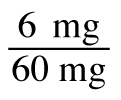 represents the portion of Vitamin C in one large carrot. Work with your team to find this ratio in the diagram. Where do you see each amount? What other ratio could you write that would be equal to this?
e. Use the diagram to help you find and write at least two other ratios on the number line that are equal to each other.
Carrot Vitamin C - WB
represents the portion of Vitamin C in one large carrot. Work with your team to find this ratio in the diagram. Where do you see each amount? What other ratio could you write that would be equal to this?
e. Use the diagram to help you find and write at least two other ratios on the number line that are equal to each other.
Carrot Vitamin C - WB

5-6. Resa was mixing blue and red paint to create purple paint. She created the drawing below to show the portions of blue paint to red that she used. a. What does the picture tell you about the paint mixture? What statements can you make?
b. If you have not stated it yet, what percent of the paint is blue? What percent of the paint is red? Justify your answer.
Mixing Paint - WB
a. What does the picture tell you about the paint mixture? What statements can you make?
b. If you have not stated it yet, what percent of the paint is blue? What percent of the paint is red? Justify your answer.
Mixing Paint - WB
 a. What does the picture tell you about the paint mixture? What statements can you make?
b. If you have not stated it yet, what percent of the paint is blue? What percent of the paint is red? Justify your answer.
Mixing Paint - WB
a. What does the picture tell you about the paint mixture? What statements can you make?
b. If you have not stated it yet, what percent of the paint is blue? What percent of the paint is red? Justify your answer.
Mixing Paint - WB Assignment: 5.1.1 Homework
Week 19 – Percent Proportion
5-7. Turner Middle School has 110 boys. Fifty-six percent of the students in the school are girls. How many students go to this school?
a. Create a model like Resa’s mixing paint. Label the percentage of girls, the percentage of boys, and the number of boys on your drawing, as well as 0% and 100%.
b. How many students go to the school? How do you know?
c. How many girls go to the school? Explain your reasoning.
Turner Middle School - WB
5-8. Maria is making paper flowers as decorations for the fall dance. She has made 40 flowers so far, and she is 16% finished.
If she plans to finish making 70% of the total flowers needed by tonight, how many more will she need to make by then? Show your work.
Paper Flowers - WB
5-14. Miranda is always looking for a great deal while shopping. She found a sale rack where all of the jeans are marked 40% off. Her favorite jeans regularly cost $65.
a. To figure out if she has enough money to buy a pair of jeans, Miranda decides to estimate. She thinks that the jeans will cost approximately $30. Is her estimate reasonable? Explain your thinking.
b. To find the exact answer, Miranda created the diagram below. How could she add marks to partition the line evenly? Partition the line and calculate the missing values.  c. How much money will Miranda save? What is the price she will have to pay?
d. Miranda wants to check her answer from part (c). How could she use ratios with the amount she saved and the original price to verify that she received a 40% discount?
Miranda Goes Shopping - WB
c. How much money will Miranda save? What is the price she will have to pay?
d. Miranda wants to check her answer from part (c). How could she use ratios with the amount she saved and the original price to verify that she received a 40% discount?
Miranda Goes Shopping - WB
 c. How much money will Miranda save? What is the price she will have to pay?
d. Miranda wants to check her answer from part (c). How could she use ratios with the amount she saved and the original price to verify that she received a 40% discount?
Miranda Goes Shopping - WB
c. How much money will Miranda save? What is the price she will have to pay?
d. Miranda wants to check her answer from part (c). How could she use ratios with the amount she saved and the original price to verify that she received a 40% discount?
Miranda Goes Shopping - WB
5-15. At the same sale, Evelynn sees a shirt on sale for just $37.50. It originally cost $50.
a. Estimate the percentage of the discount on the shirt.
b. Draw a diagram to represent this situation. Label all parts.
c. What percent is the discount on Evelynn’s shirt?
d. What is the relationship between the discount, the sale price, and the original price? Write a statement that shows the relationship between the sale price, discount, and original price.
Evelynn Goes Shopping - WB
Assignment: 5.1.2 Homework
Week 20 – Markup & Markdown
Ms. Scarlet sells phone cases. She buys them in bulk online then sets up a stand at the mall and sells them to teenagers who will break their phone. She buys them for $1.50 each and marks them up 600% because she knows that the kids will overpay for them. How much does she sell them for?
Broken Cell Phones
